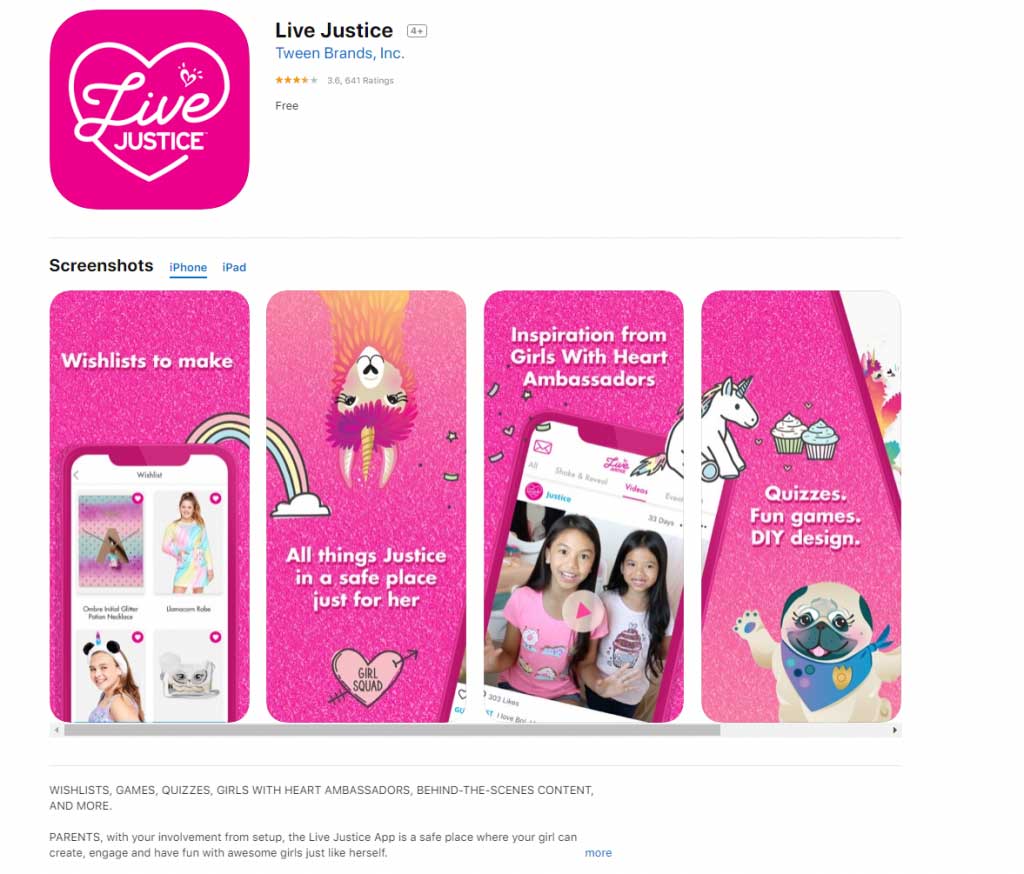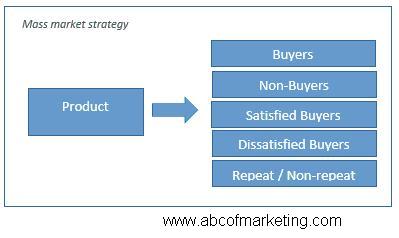Differentiated targeting is a marketing strategy in which a company targets multiple market segments with different marketing mix elements, such as product features, pricing, and communication channels. This approach allows a company to tailor its marketing efforts to the specific needs and preferences of different customer groups, rather than using a one-size-fits-all approach.
There are several reasons why a company might choose to use differentiated targeting. First, it allows a company to better meet the needs of its customers by offering a range of products or services that are tailored to different market segments. For example, a sports apparel company might offer a line of high-performance athletic wear for professional athletes, a line of affordable workout clothes for budget-conscious consumers, and a line of fashionable athletic wear for trendy fitness enthusiasts. By offering a range of products that are tailored to different customer segments, the company can better meet the needs of its customers and differentiate itself from its competitors.
Another reason why a company might choose to use differentiated targeting is to maximize its profits by charging different prices for its products or services based on the value that different market segments place on them. For example, a luxury car manufacturer might charge a higher price for its cars in markets where consumers are willing to pay more for premium products, while offering lower prices in markets where consumers are more price-sensitive. By charging different prices based on the value that different market segments place on its products, the company can maximize its profits and better serve the needs of its customers.
A third reason why a company might choose to use differentiated targeting is to better communicate with its customers. By tailoring its communication efforts to different market segments, a company can more effectively reach and engage with its target audience. For example, a company might use different marketing channels, such as social media, email marketing, or print advertising, to reach different market segments. By using the channels that are most effective at reaching and engaging with different customer groups, the company can more effectively communicate with its customers and build strong relationships with them.
Overall, differentiated targeting is a valuable marketing strategy that allows a company to better meet the needs of its customers, maximize its profits, and communicate more effectively with its target audience. By tailoring its marketing efforts to different market segments, a company can better serve the needs of its customers and differentiate itself from its competitors.









